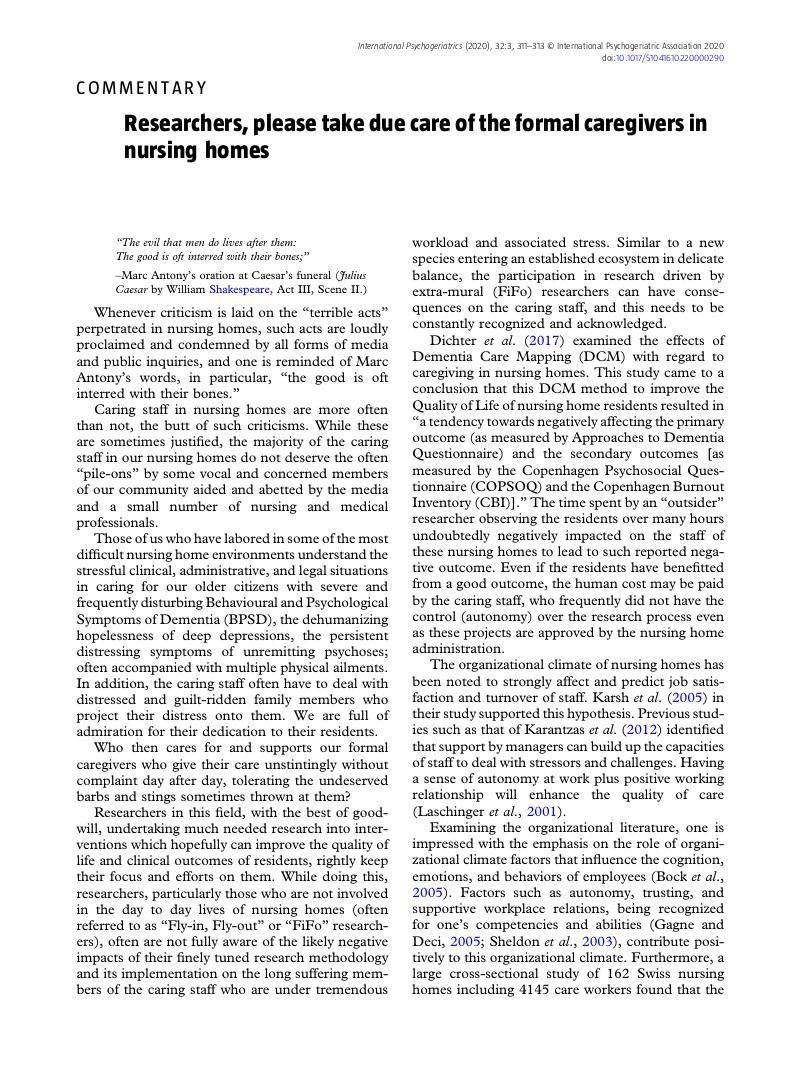Shakespeare, W.,
George, A. J.,
Black, E. C. and
Hudson, H. N. (
2009).
The New Hudson Shakespeare: Julius Caesar [electronic resource]. Project Gutenberg: 28334, Project Gutenberg. Available at
http://www.gutenberg.org/files/28334/28334-h/28334-h.htmGoogle Scholar 